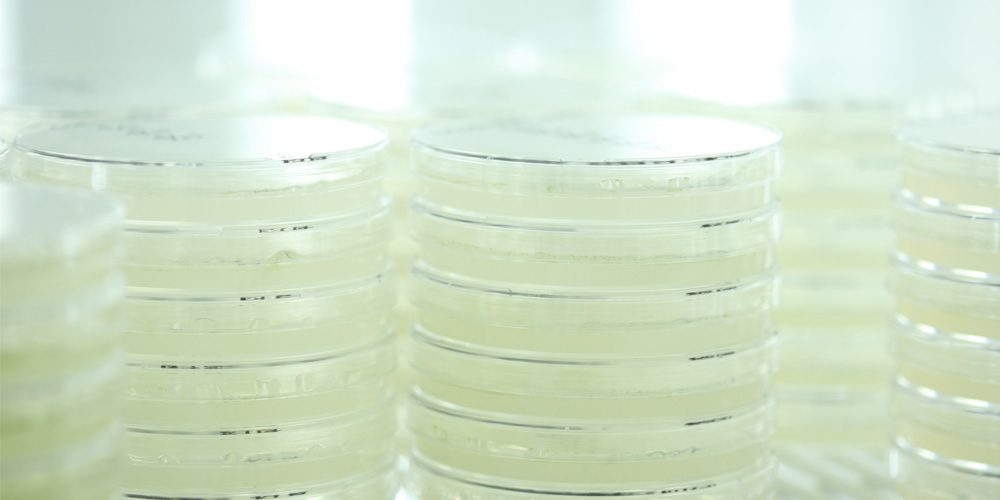Carnivorous plants attract, capture, digest, absorb, and nourish small animals with specialized leaves, so they can grow on nutrient poor environment where they can outcompete other plants. About 600 species of carnivorous plants are known throughout the world, and many evolutionary biologists, including Charles Darwin, have been fascinated by the mystery of the evolutionary process of carnivorous plants.
An international collaborative research team led by researchers at National Institute for Basic Biology in Japan and the University of Wuerzburg in Germany has deciphered the genomes of three carnivorous plants (the spoon-leafed sundew
Drosera spatulata, the Venus flytrap
Dionaea muscipula, and the waterwheel plant
Aldrovanda vesiculosa), belonging to the sundew family.

The spoon-leafed sundew
Drosera spatulata, the Venus flytrap
Dionaea muscipula, and the waterwheel plant
Aldrovanda vesiculosa
By comparing the genomes of these three carnivorous plants with the genomes of other plants, the researchers found a genome duplication (the duplication of all genes in the genome) occurred in the common ancestor of the three plants. Gergo Palfalvi, a graduate student at the National Institute for Basic Biology and SOKENDAI (The Graduate University for Advanced Studies) who was in charge of the genome analysis, says “this duplication enabled the plants to keep one copy with the original function while they can tinker with the extra copy and in rare cases, they can evolve in a way, where these additional copies start to fulfill an entirely new role”.
Carnivory is a big change for plants. “The doubling of the number of genes through genome duplication was important in how the ordinary leaves came to have functions such as attracting, trapping, digesting and absorbing insects”, Professor Mitsuyasu Hasebe of the research team said. “For example, regarding the evolution process of digestive enzymes, duplication of genome has made ancestral plants carry an extra disease resistance gene in addition to its original one. It is considered that one of two genes maintained the disease resistance function and the other evolved into a digestive enzyme”.
By investigating other closely related carnivorous plants, namely the tropical pitcher plants,
Nepenthes, the researches could also differentiate, that the duplication - which were a source of carnivorous functions - happened independently from the sister lineages. This could mean that, the carnivorous syndrome might have evolved parallel in the two families, not once in their common ancestor, as it was thought previously.
It was also found that the three carnivorous plants have fewer genes than other plants reported so far. For example, the genes involved in root formation and root function were reduced, as they rely on the carnivory system to acquire nutrients rather than following the way of other plants and use their roots. This change was the most obvious in the waterwheel plant, which is a free-floating water plant without a developed root system.
Major changes were found in the genomes during the evolution of the sundew, Venus flytrap, and the waterwheel plant from their common ancestors. In
Drosera spatulata, unique tandem gene duplication occurred in about 400 genes, meaning the same gene is positioned several times next to each other in the genome. In another note,
Aldrovanda vesiculosa underwent an extra whole genome triplication. A large amount of retrotransposon, a “jumping DNA” part was extremely amplified in the Venus flytrap
Dionaea muscipula, and this caused the genome to inflate and reach a size of 3.18 billion base pairs, which was much larger than that of
Drosera spatulata (323 million base pairs) and
Aldrovanda vesiculosa (509 million base pairs), and of similar size of the human genome (3.2 billion base pairs).
Professor Mitsuyasu Hasebe state “Now we obtained candidate genes involved in the evolution of carnivory. A next step is to explore how these genes are coorganized to function as a unite system and also to explore their functions in non-carnivorous plants to understand the origin of carnivory genes.
These research results were published in
Current Biology in May 2020.
___
Current Biology
“Genomes of the Venus Flytrap and close relatives unveil the roots of plant carnivory”
DOI:
https://doi.org/10.1016/j.cub.2020.04.051





 The spoon-leafed sundew Drosera spatulata, the Venus flytrap Dionaea muscipula, and the waterwheel plant Aldrovanda vesiculosa
The spoon-leafed sundew Drosera spatulata, the Venus flytrap Dionaea muscipula, and the waterwheel plant Aldrovanda vesiculosa